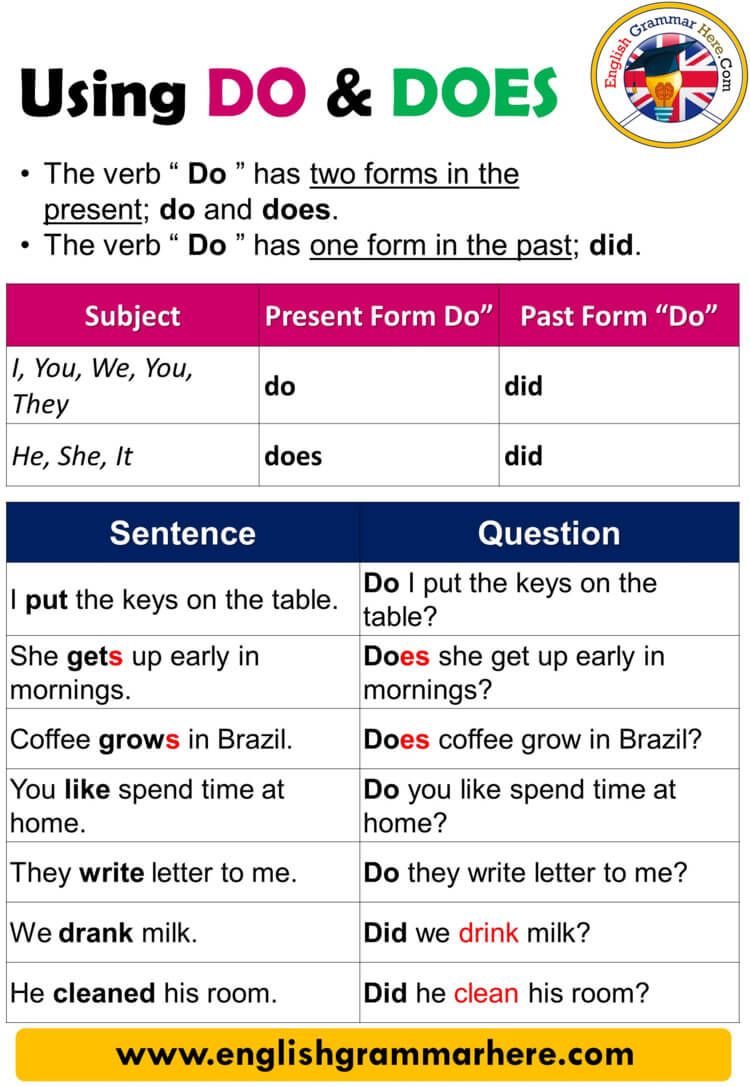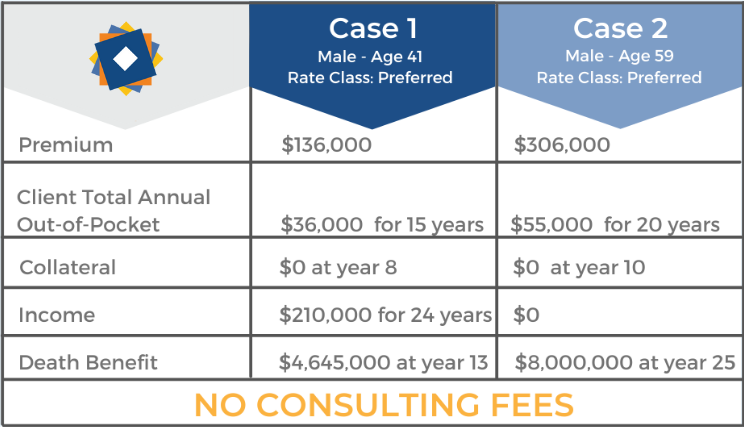How to Finance a Camper: Smart Steps, Lender Options, and Approval Tips
Overview: Your Roadmap to Financing a Camper
Financing a camper can be straightforward when you understand lender types, loan terms, approval requirements, and how to compare offers. You can apply through RV dealers that match you with multiple banks, use a credit union or bank for secured loans, or consider specialty RV finance centers. Terms may extend many years for secured RV loans, while unsecured options are shorter and typically cost more. The key is to prepare your budget, improve your credit profile where possible, and compare offers side by side with verified lenders and clear repayment examples [1] .
Step 1: Define Your Budget and Total Cost of Ownership
Before applying, map out your full monthly and lifetime costs so you can choose a loan that fits comfortably. Include: principal and interest, insurance, registration and title fees, storage, maintenance, and travel expenses. A practical way to gauge affordability is to test different terms and rates using a reputable loan calculator from a financial institution. Credit unions often provide calculators to estimate monthly payments and total interest, which can help you choose a sustainable term length [1] .

Source: wallpaperaccess.com
Example: If you consider a mid-range travel trailer with an estimated price of $28,000 and put 10% down, you might explore multiple term options to see how payment size and total interest change. A longer term may reduce the monthly payment but generally increases total interest paid over time. This trade-off is common with vehicle-secured loans and underscores the importance of modeling scenarios before you commit [1] .
Step 2: Choose Your Financing Path
You have three common routes to fund a camper. Each can work depending on your credit profile, vehicle type, and need for convenience versus rate competitiveness.
Option A: Finance Through an RV Dealership
Many RV dealers partner with large networks of lenders and can pre-qualify you, match you with an offer, and coordinate paperwork. This one-stop approach may save time and present multiple lender options through a single application. Some dealers outline a clear process from pre-qualification to lender matching and closing, which can help first-time buyers understand timelines and documentation needs. Dealers can also handle private-party purchases and refinancing in some cases, adding flexibility for buyers who find campers outside the showroom [2] .
Practical steps: Pre-qualify online or at the dealership, complete the interview to highlight down payment and trade-in advantages, and let the finance department source competitive terms from their lender network. This can be useful when you need guidance comparing offers or navigating title and registration logistics for different RV types [2] .
Option B: Use a Credit Union or Bank
Banks and credit unions offer secured RV loans with published rate ranges and term options. Credit unions often emphasize competitive rates and member-focused underwriting, and many list minimum amounts for longer terms and clarify that credit and collateral are subject to approval. Reviewing an institution’s posted APRs, example payments, and minimums helps you understand how model year, loan size, and term influence your final offer. Some lenders provide loan calculators so you can estimate payments before applying [2] .
Example: A lender may show rate tiers by term (e.g., shorter terms often carry lower APRs, while extended terms require higher minimum loan amounts). Disclosures typically note that advertised “as low as” APRs assume excellent credit, and your rate may vary based on credit, loan amount, and vehicle details. Reviewing these disclosures before you apply can set realistic expectations and help you choose the right down payment and term [2] .

Source: wallpaper.dog
Option C: Specialty RV Finance Centers
Specialty RV lenders focus on a broad range of motorhomes, towables, and niche categories and may finance dealer or private-party sales. Some outline eligibility guidance, such as minimum credit score thresholds, maximum age of RVs, and program-specific down payment requirements. These lenders often coordinate document collection, funding, and in some cases assist with title and registration after funding-timelines may vary by state [3] .
Example: A specialty lender may allow financing on a wide list of RV classes and provide guidance on model year limits or down payment programs up to certain dollar amounts. They may also clarify exclusions, such as not financing full-time RV use or certain dwelling types. Reviewing these criteria early reduces surprises and helps you select an RV that aligns with lender guidelines [3] .
Step 3: Understand Loan Types and Terms
In general, you will encounter two categories: secured RV loans (using the camper as collateral) and unsecured personal loans. Secured loans typically allow larger amounts and longer terms, which can reduce monthly payments. Unsecured loans tend to have shorter terms and higher rates because they are not backed by the vehicle. Many financial institutions note that loan terms for secured RV financing can extend significantly for newer units, while unsecured terms are commonly capped at a few years. Used RVs may carry higher rates than comparable new units, and larger down payments can lower monthly costs and total interest paid [1] .
Challenge and solution: If your budget is tight, a long term may look appealing but can increase total interest and the risk of owing more than the camper’s resale value early in the loan. To mitigate this, consider a modest term with a realistic payment and set aside a small buffer for maintenance. If you receive a bonus or tax refund, making occasional extra principal payments on a simple-interest loan can reduce total interest-verify your lender’s prepayment policy before proceeding [1] .
Step 4: Prepare to Qualify
Lenders commonly assess credit score, income stability, debt-to-income ratio, down payment, and the RV’s age and type. Specialty lenders sometimes publish minimum scores or maximum loan amounts based on credit tiers, and dealer partners may outline that they can finance a range of RV types through their lending network. To improve your approval odds, gather proof of income, verify your identity and residency, and prepare details on the RV (VIN/serial, model year, purchase price). A pre-qualification at a dealer can help uncover options before you finalize a specific unit [3] [2] .
Example: If your score is in the mid-600s, a lender may cap the loan amount or require a stronger down payment. If the RV is older, some lenders may limit the term or require a higher rate. Knowing these common patterns helps you choose a camper and loan structure that align with published criteria before you submit a full application [3] .
Step 5: Compare Offers and Read Disclosures
When you receive offers, compare APR, term length, total interest, fees, prepayment rules, and any conditions about use (e.g., recreational use only). Many lenders emphasize that rates are subject to change, and that the lowest advertised APR assumes excellent credit and specific collateral. Some institutions list example payments for given terms so you can benchmark your quotes. Use these details to avoid surprises and to select the most cost-effective offer for your budget and usage plans [2] .
Case in point: If Offer A has a slightly higher APR but no origination fee and flexible prepayment, it could be cheaper over time than Offer B with a lower APR but high fees and strict prepayment penalties. Always calculate total cost over the full term before deciding.
Step 6: Close, Title, and Register
After approval, you will sign loan documents and coordinate funding. For private-party purchases, lenders often require proof of ownership and may pay the seller directly. Some specialty finance providers outline that they will coordinate title and registration post-funding, sometimes using third-party services, with timing that can vary by state. Keep copies of your signed documents and confirm titling steps so that registration proceeds smoothly and you can take delivery on schedule [3] .
Alternatives and Refinancing
If you already own a camper with a high-rate loan, refinancing may lower your payment or total interest, subject to credit approval and vehicle eligibility. Dealers and specialty lenders may support refinancing or purchases from private sellers. If you cannot meet secured-loan criteria, you could consider an unsecured personal loan with a shorter term, understanding that the payment and rate may be higher. Always compare total costs and evaluate whether postponing the purchase to improve your credit and down payment could deliver better long-term value [2] [3] [1] .
Approval Tips and Common Pitfalls
Actionable tips: Aim to reduce credit card balances before applying to improve your debt-to-income profile, gather documentation early, and verify the RV’s year and condition match lender guidelines. Request a formal breakdown of fees and any optional add-ons at signing. Many lenders and dealers provide clear processes and calculators; use them to avoid overextending and to align your term and down payment with your travel plans and maintenance budget [2] [2] [1] .
How to Take Action Now (No-Pressure, Step-by-Step)
- Estimate payments and total cost using a reputable financial institution calculator to choose a target term and budget that fits comfortably [2] [1] .
- Decide your financing path: dealership network, credit union/bank, or specialty RV finance center-confirm eligibility (RV age, use, credit minimums) before applying [2] [3] .
- Gather documents: ID, proof of income, residence, RV details, and available down payment. If buying private party, request title and lien payoff information.
- Apply and compare offers: review APR, term, fees, prepayment rules, and any conditions tied to recreational use or minimum loan amounts [2] .
- Finalize and fund: sign documents, confirm disbursement, and complete title and registration steps; expect timelines to vary by state and provider [3] .
References
[2] Navy Federal Credit Union (2025). RV loan rates, terms, calculators, and disclosures.



